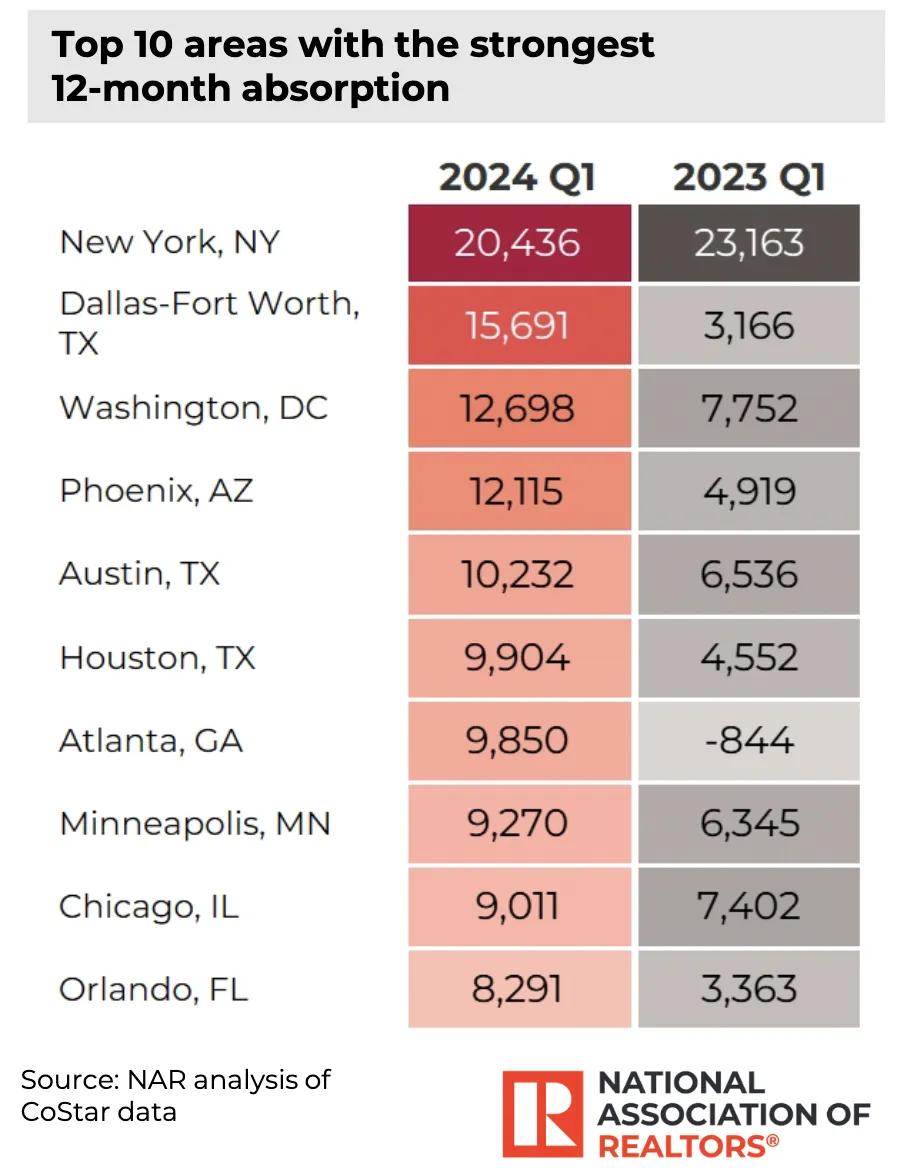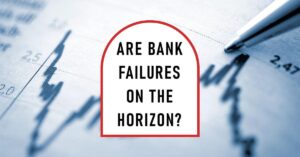As the winter fades away and temperatures start to rise, the U.S. housing market is gearing up for the critically important spring homebuying season. This period between March and June typically accounts for over a third of annual home sales as warmer weather and the end of the school year motivate many buyers to make their move.
However, this year's spring market is shaping up to be a challenging one for both buyers and sellers due to persistently low affordability levels. According to Freddie Mac, affordability is currently near a 30-year low, largely due to elevated mortgage rates that have shown no signs of retreating despite hopes for a March rate cut from the Federal Reserve.
The latest data indicates affordability constraints are weighing on home sales activity. Total home sales (existing and new) in February ticked up 8.1% from January but remained 2.2% below last year's level. Existing home sales make up the bulk at 87% of total sales, rising 9.5% month-over-month to a seasonally adjusted 4.38 million units. Still, that figure is 3.3% lower than in February 2023.
Housing affordability has become so strained that an increasing number of buyers are being pushed into the new home market, where prices are typically higher but supply is more abundant than the existing home inventory. New home sales clocked in at 662,000 units in February, up a robust 5.9% from a year earlier even as they dipped slightly (0.3%) from January's pace.
With demand for new construction strengthening, homebuilders are feeling increasingly optimistic. Single-family housing starts surged 35.2% year-over-year in February, and permits for future construction climbed 29.5%. The National Association of Home Builders' Housing Market Index, a measure of builder confidence, continued its upward trajectory to hit 51 in March – the highest reading since last July and above the neutral 50 level for the first time since then.
Rising construction activity hasn't prevented home prices from pushing higher though. The Federal Housing Finance Agency's Purchase-Only Home Price Index showed prices up 6.3% from a year ago in January, even as they ticked down 0.1% on a month-over-month basis.
The combination of high prices and elevated mortgage rates continues to weigh heavily on affordability and buyer demand. Mortgage rates held steady in March, averaging 6.8% for the month according to Freddie Mac's Primary Mortgage Market Survey. While overall mortgage applications increased 3.9% from February, they remained down 10.2% versus last year according to data from the Mortgage Bankers Association.
Purchase applications saw a 3.2% monthly uptick, but the high cost of financing appears to be contributing to rising mortgage delinquency rates as some homeowners struggle to keep up with their payments. Total mortgage delinquencies rose to 3.9% in Q4 2023, up 26 basis points from Q3. Conventional mortgage delinquencies climbed to 2.6%, while FHA and VA loan delinquencies jumped to 10.8% and 4.1% respectively.
Even as demand has cooled amid affordability pressures, housing supply remains extremely tight. This persistent imbalance between supply and demand continues to put upward pressure on home prices and shuts many would-be buyers out of the market entirely when coupled with today's elevated mortgage rates.
As the spring market kicks into high gear, it's evident that both buyers and sellers face significant obstacles. Prospective purchasers must grapple with eroding affordability and steep borrowing costs, while sellers enjoy strong pricing leverage but limited inventory turnover.
Ultimately, a meaningful rebound in home sales may prove elusive until either mortgage rates or home prices – or perhaps both – begin retreating from current levels that have simply become unsustainable for too many households. For now, it appears the spring homebuying season could underwhelm compared to years past with affordability acting as the biggest headwind.
Predictions for 2024 and 2025
Housing Market Outlook
Freddie Mac's baseline scenario for the housing market remains subdued, with a particular focus on home sales. Despite solid housing demand driven by Millennial first-time homebuyers, several challenges persist. These challenges include high mortgage rates and a lack of available homes for sale.
- Housing Demand: Demand for housing remains solid, primarily due to a significant share of Millennial first-time homebuyers entering the market.
- Challenges: High mortgage rates and a shortage of homes for sale pose significant challenges to prospective buyers.
- Expected Persistence: These challenges are expected to persist in 2024, particularly in the absence of significant rate cuts.
- Impact: The rate-lock effect is anticipated to persist, keeping total home sales volume below five million in 2024.
- Price Forecast: Despite solid demand and lean inventory, Freddie Mac forecasts a modest increase in home prices, expecting a 0.5% rise in both 2024 and 2025.
Mortgage Market Outlook
In the mortgage market, Freddie Mac anticipates some shifts in dollar volumes of mortgage origination in 2024, primarily influenced by market dynamics.
- Purchase Origination: Higher home prices are expected to drive up the dollar volumes of purchase origination. However, subdued home sales and a significant share of cash purchases will limit overall purchase origination volumes.
- Refinance Activity: Refinance volumes are forecasted to remain low unless there is a substantial drop in mortgage rates, unlocking rate-locked homeowners. Given the projection of minimal rate decreases, refinance activity is expected to stay constrained in 2024.
- Total Originations: With both purchase and refinance segments facing constraints, Freddie Mac foresees total originations to remain low for the year.











